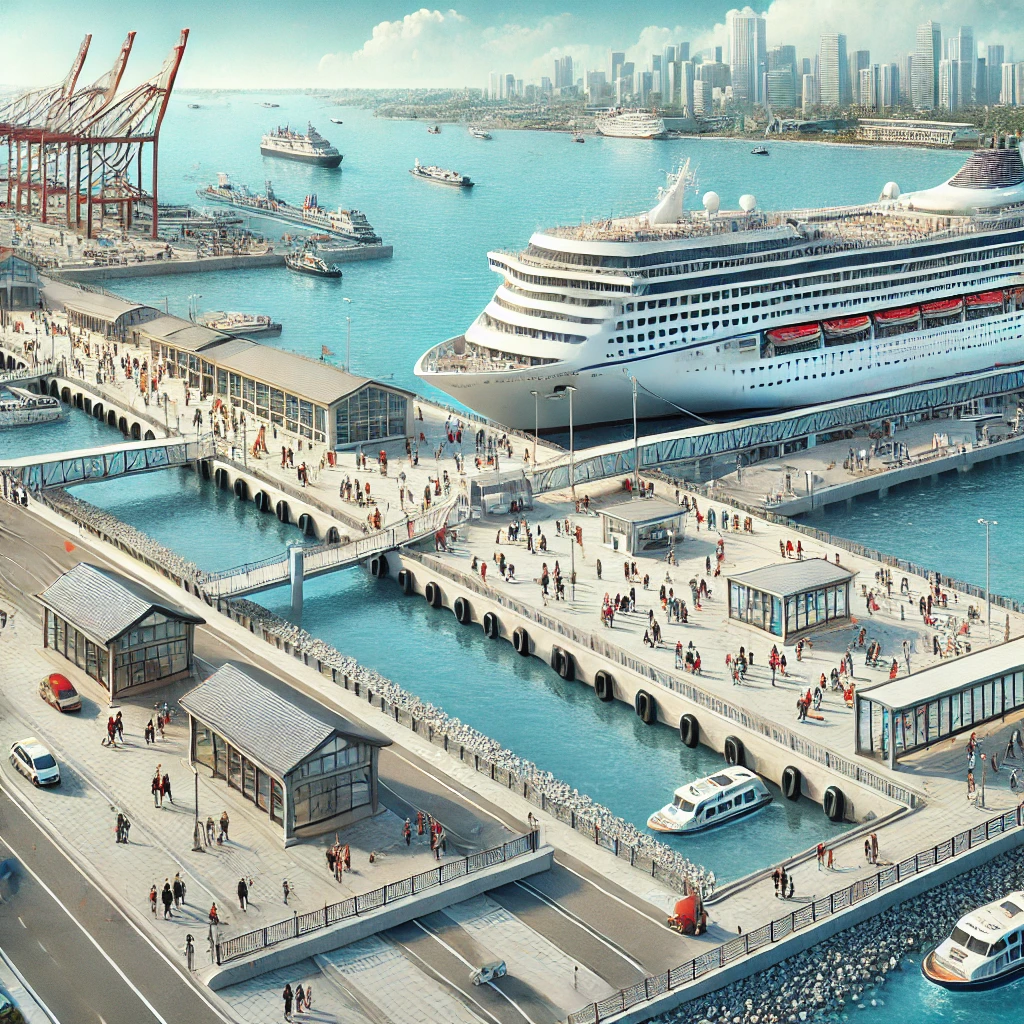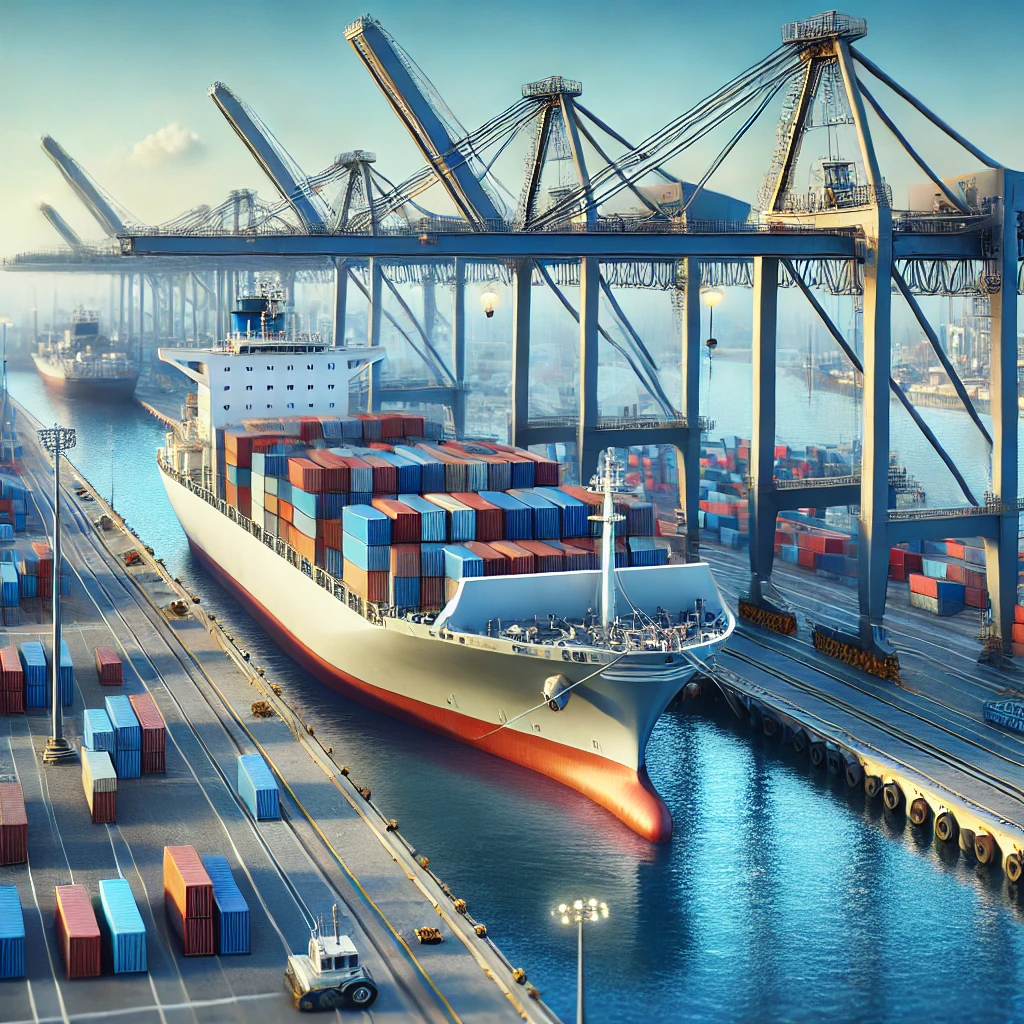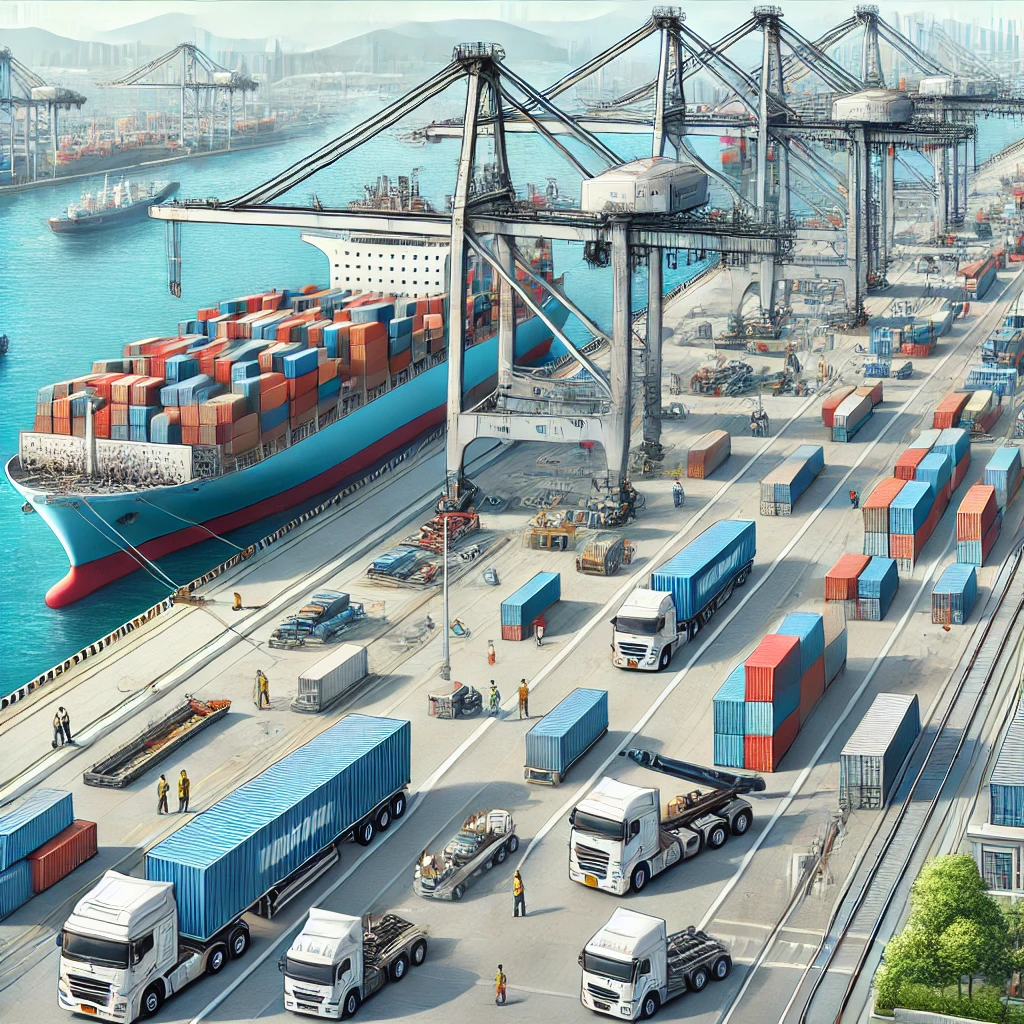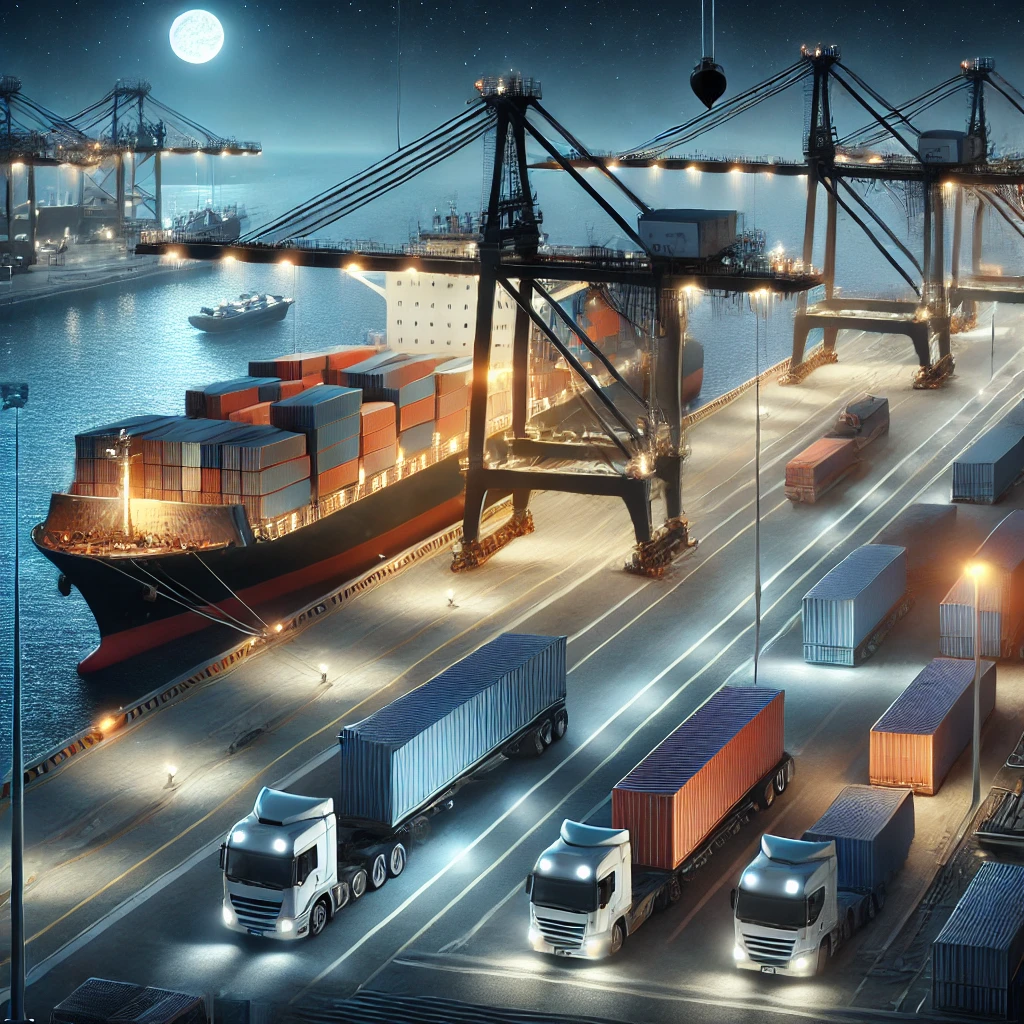Everything You Need to Know About Quay Define

What is a Quay?
A quay (pronounced “key”) is a solid, stationary structure built along the edge of a water body, such as a river, harbor, or sea, where ships can dock to load and unload cargo or passengers. Unlike a pier, which extends into the water, a quay is constructed parallel to the shoreline and is typically made of concrete, stone, or steel. Quays are integral components of ports and harbors, designed to facilitate maritime operations.
Key Features of a Quay
- Construction and Design:
- Parallel Alignment: Quays are built parallel to the waterline, maximizing space for docking ships.
- Durable Materials: Commonly constructed from reinforced concrete or stone to withstand the weight of cargo and the impact of docking ships.
- Mooring Equipment: Equipped with bollards, cleats, and fenders to secure ships and prevent damage during berthing.
- Cargo Handling Facilities: Modern quays often include cranes, conveyors, and forklifts for efficient loading and unloading of goods.
- Access Points: Designed to connect seamlessly with warehouses, railways, and roadways for smooth cargo transportation.
- Safety Measures: Includes features like lighting, safety barriers, and fire-fighting equipment to ensure secure operations.

Practical Uses of a Quay
- Cargo Operations:
- Quays serve as loading and unloading points for goods transported by ships.
- Specialized quays, such as container quays, are equipped to handle specific types of cargo.
- Passenger Terminals: Quays at cruise ship terminals provide docking space for passengers to embark and disembark.
- Fishing and Naval Operations: Smaller quays accommodate fishing vessels and naval ships for repairs, resupply, and berthing.
- Storage and Warehousing: Quays often include adjacent storage facilities for temporary holding of goods before transportation.
Importance of a Quay in Global Trade
- Facilitates Efficient Maritime Trade: Quays enable the seamless transfer of goods from ships to other modes of transport, such as trucks and trains.
- Supports Economic Growth: Ports and quays are hubs of economic activity, creating jobs and boosting local economies.
- Reduces Transit Time: Strategically located quays minimize delays in shipping and improve supply chain efficiency.
- Enhances Safety: Modern quay designs prioritize safety for workers, cargo, and vessels, reducing the risk of accidents.

Common Types of Quays
- Container Quays: Designed for handling shipping containers with large cranes for quick loading and unloading.
- Bulk Cargo Quays: Specialized for commodities like coal, grain, or minerals, with conveyor systems for efficient handling.
- Passenger Quays: Found in cruise terminals or ferry ports, optimized for passenger embarkation and disembarkation.
- Fishing Quays: Smaller quays equipped for docking fishing boats and handling fresh catches.
How Quays Differ from Other Maritime Structures
- Quay vs. Pier: A quay is built parallel to the shore, while a pier extends into the water.
- Quay vs. Jetty: A jetty is a structure that protects the shoreline from erosion and guides ships, whereas a quay is specifically for docking and cargo handling.
- Quay vs. Wharf: A wharf is a general term for any docking area, which may include one or more quays.

Challenges in Quay Operations
- Congestion: Overcrowding of ships at busy ports can delay operations.
- Maintenance Costs: Regular maintenance is required to ensure the structural integrity of quays.
- Environmental Impact: Construction and operation of quays can affect marine ecosystems.
- Weather Conditions: Adverse weather, such as storms or high tides, can disrupt quay operations.
Innovations in Quay Design and Technology
- Automated Cranes: Increasing efficiency by automating cargo handling operations.
- Sustainable Materials: Using eco-friendly materials to reduce environmental impact.
- Smart Systems: Implementing IoT and AI to monitor and optimize quay operations in real-time.
- Green Energy Solutions: Incorporating renewable energy sources like solar panels and wind turbines.
Conclusion
Understanding the definition and functionality of a quay is essential for professionals in the shipping and logistics sectors. As a pivotal element of global trade infrastructure, quays facilitate efficient maritime operations, support economic growth, and enhance supply chain performance. By adopting modern technologies and sustainable practices, quays will continue to play a vital role in shaping the future of global commerce.
